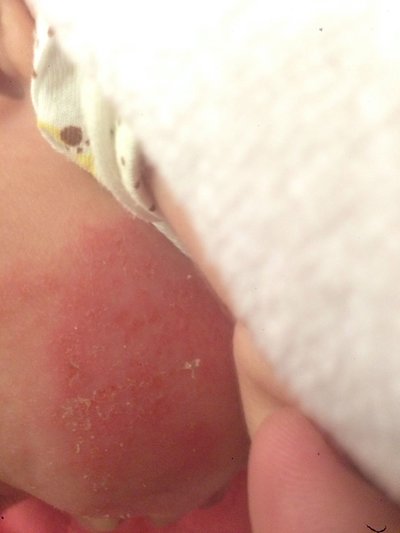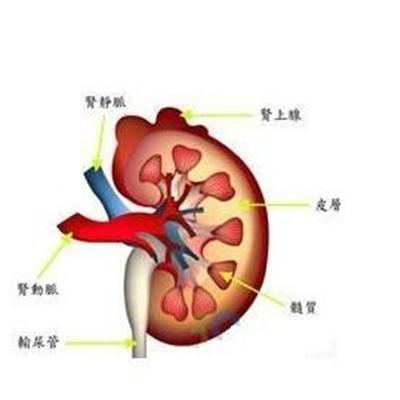What symptom is tendon rupture
summary
Tendon rupture sounds very serious. In fact, it is very serious. Generally, every skeletal muscle is divided into two parts: muscle belly and tendon. Muscle belly is composed of muscle fibers. Tendon rupture usually occurs after trauma. Generally, tendon rupture is characterized by local swelling, pain and limited activity. Generally, tendon rupture requires surgery, tendon anastomosis, and plaster external fixation after operation. However, whether there is surgical treatment or not, tendon rupture may leave sequelae, which may affect later life. Let's take a look at the following.
What symptom is tendon rupture
First: tendon adhesion: after the general tendon rupture, it often adheres to the surrounding tissue. After tendon adhesion, it will affect the sliding of the tendon, or make the tendon repair surgery fail. After tendon adhesion, the corresponding joints lose their function. If the flexor digitorum profundus tendon is ruptured, the distal interphalangeal joint cannot be flexed; if the flexor digitorum profundus tendon is ruptured, the distal interphalangeal joint cannot be flexed. When the extensor tendon is broken in different parts, the corresponding joint can not be extended and deformity may occur. Sometimes the tendon is not completely broken, and although the joint can still move, it is weak and painful during the resistance test.

Second: functional activity disorder: after tendon rupture, the corresponding fingers can not move or can only move a little. For example, the tendon rupture of bent fingers shows that the fingers can not be bent or can only bend a little, and each tendon tube and each joint can move. If the tendon of the hand is broken, the corresponding finger can not be extended. Sometimes the tendon is not completely broken. Although it can still move, its strength is reduced and it is painful.

Third: joint stiffness: joint stiffness mainly refers to the joint function limitation caused by the flexion and extension of adverse, stiff, stiff a state, mainly due to trauma. It is mainly due to the lack of timely treatment after trauma, swelling, or not exercising in time after fracture healing, which are the main culprits of joint ankylosis. It will seriously affect future activities.

matters needing attention
In this case, it is not appropriate to take active functional exercise before removing the plaster, and regular review should be conducted; to prevent adhesion, passive functional exercise can be carried out in the case of plaster external fixation, and functional exercise should be strengthened after removing the plaster external fixation.
















